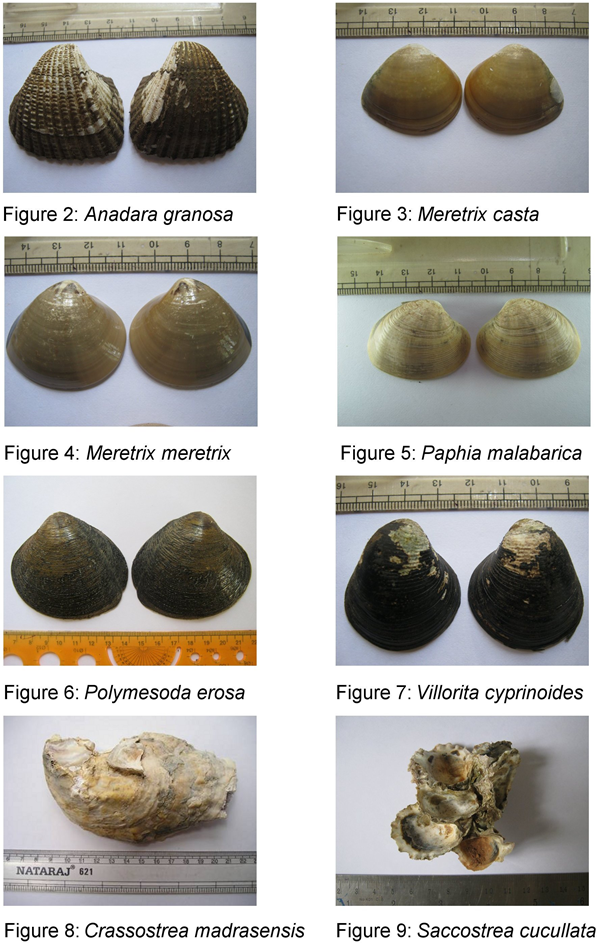Centre for Sustainable Technologies,Centre for infrastructure, Sustainable Transportation and Urban Planning,
Energy and Wetlands Research Group, Centre for Ecological Sciences, Indian Institute of Science, Bangalore 560 012, India Conclusion Estuaries although are ranked among the highest productive ecosystems of the earth, and are of immense economic importance to the humans, they have not merited enough attention yet to safeguard their integrity from various kinds of anthropogenic interventions. The fact notwithstanding that estuarine productivity is sustained naturally without any inputs from humans, unlike in agricultural ecosystems or fish farming systems, the ecological conditions of the estuaries, particularly of the Indian west coast are under alterations by humans. Many of the Maharashtra estuaries are already heavily polluted due to industrial effluents and urban sewage (Quadros and Athalye, 2002; Quadros et al., 2002; Rathod et al., 2002). Sedimentation from mining waste is of high order in the north Goan estuaries, in addition to pollution from densely populated towns and villages. Estuaries of Dakshina Kannada and Cochin backwaters are also under high anthropogenic pressures challenging their biodiversity and productivity. We have seen here that in the Uttara Kannada district, which has some of the best preserved forest wealth and water bodies with minimal pollution levels, how alteration of an even single factor like salinity due to continuous water release from hydroelectric projects, can upset their ecology as evident from the decline in abundance and changes in distributional ranges within these estuaries of the edible bivalves. Not only that where especially dams are constructed upstream for power generation, as in Kali and Sharavathi, even fisheries and mangroves are affected. The impact is of the highest order in Sharavathi where only a single species of moderate salinity tolerant clam Polymesoda erosa and some oysters are all that are left of the edible bivalves unlike in other estuaries where six species of clams and some oysters are still present. In Sharavathi most of the high and medium salinity tolerant mangroves have given way to low salinity preferring tree Sonneratia caseolaris. Fresh water fishes from the upstream areas and low salinity tolerant fishes have occupied the zones where earlier marine fishes used to visit. The very case of the near local extinctions of most of the edible bivalve species from Sharavathi estuary and decrease in distribution range of edible bivalves in Kali estuary, as a consequence of dilution of salinity, is a classical instance highlighting the need for exercising greater caution before executing large-scale development projects like dams for power generation, upsetting ecology of tropical estuaries, rated among the highest productive ecosystems of the world. Recommendations to ensure the sustainability of the resources are:
Citation:
| ||||||||||||||||


